One of the most frequently asked questions I get is: “Can I use a teleconverter with my lens?” There’s no simple answer, but I’ll explain as best I can why you can and can’t, and why you should and shouldn’t.
What is a Teleconverter?
A teleconverter is like a mini-lens that attaches to the back of your main lens. It’s basically a magnifying lens that goes between your main lens and camera, causing objects that are further away to appear bigger. Some people call them “doubler” or “extender”.
Teleconverters have glass elements and the better ones have will have full electronic contacts. The best ones will have multi-coated optical elements for better sharpness and contrast. A teleconverter will multiply your focal length by the noted distance. Please see the following chart for the exact changes in focal length.
You can’t always stack teleconverters. Read more below under “Will a Teleconverter fit on my lens?”
You also lose a fair bit of light using a teleconverter – a 1.4x will cost you a full stop of light whilst the 2.0x will cost you two full stops of light. Remember, you’re adding glass and distance between your lens and sensor. The following chart details the aperture changes you can expect.
The electronic contacts allow electronic diaphragms, aperture control, the autofocus motor and image stabilization to work, while also relaying correct EXIF data in regard to focal length and aperture. Accurate exposure data will be recorded to your file.
Will a Teleconverter fit on my lens?
If you have a wide angle or standard telephoto lens (such as 18-55), then chances are very good that most teleconverters will not fit your lens.
If you refer to the above image of a Tamron teleconverter and kit 18-55 lens, you’ll notice that the teleconverter has glass elements that extend from the front of the TC and the lens has a rear element flush with the lens mount. If you tried to fit these two together, the two glass elements would come into contact and you would more than likely ruin them both. This is not warranty – it falls under misuse with every manufacturer. Thankfully, lens manufacturers have designed the rear of theses lenses such that teleconverters will not even fit.
One exception to this is Kenko. Kenko teleconverters don’t have that protruding front element. They might physically fit your kit or standard zoom lens. Don’t jump on the “Buy Now” button just yet – read on to learn why it’s still not a good idea! It’s also easier to “stack” or double-up your Kenko teleconverters.
Teleconverters are designed for zoom lenses such as the Tamron 150-600 or 70-200 or long primes such as a 400mm f/2.8 or 600 f/4. A teleconverter will give you focal length you otherwise might not be able to achieve or allows you to pack a smaller item instead of another big lens.
Kenko does throw another curve at photographers – you can possibly use their teleconverter to mesh a crop sensor/APS-C lens with a full frame camera. Check their compatibility page first: www.kenko-global.ca/compatibility-check/
One further note about Kenko – while Kenko doesn’t test Tamron lenses with their teleconverters, if an equivalent Canon or Nikon lens is listed as compatible (for instance, 70-300), then chances are pretty good that your Tamron 70-300 will also work fine.
What brand Teleconverter is best?
Customers always want to know if they have to use a Canon teleconverter with their Canon camera or Canon lens; or Nikon with Nikon. This is partially true – there are some lenses that will only work with the OEM teleconverter, such as the Nikkor 180-400 f/4E.
Tamron and Kenko make excellent quality teleconverters that are equal to or better than OEM. Tamron publishes a list of which of their lenses work with their teleconverters on each product page at https://www.tamron.ca/product/tele-converter-1-4x/ and https://www.tamron.ca/product/tele-converter-2-0x/
Kenko publishes a comprehensive list of Canon and Nikon cameras (and lenses) that you can use with their teleconverters.
Check this page for compatibility: https://www.kenko-global.ca/compatibility-check/
Teleconverter or Crop my Image
This is a tough question and really depends on your lens and camera. Let’s take a look at some images and compare. I don’t have the Tamron 2.0x Teleconverter at the moment, but I have the Tamron 1.4x as well as Kenko 1.4x and 2.0x. My Nikon D810 and Tamron 150-600 G2 are mounted on a Fotopro Eagle E-9 gimbal plus tripod kit. My angel cat is sitting in the shade on an overcast day, so lighting is about as controlled as one can get for a live test without using the studio lights.
All images began as RAW – the JPG have lens corrections applied for distortion and vignetting and default sharpening. No adjustments to exposure were made. ISO was maintained at ISO64. I used aperture priority to keep the lens wide open and shutter speed changed for exposure.
First, let’s look at our control image:
Kenko 1.4x and Tamron 1.4: f/13 1/40s 1200mm
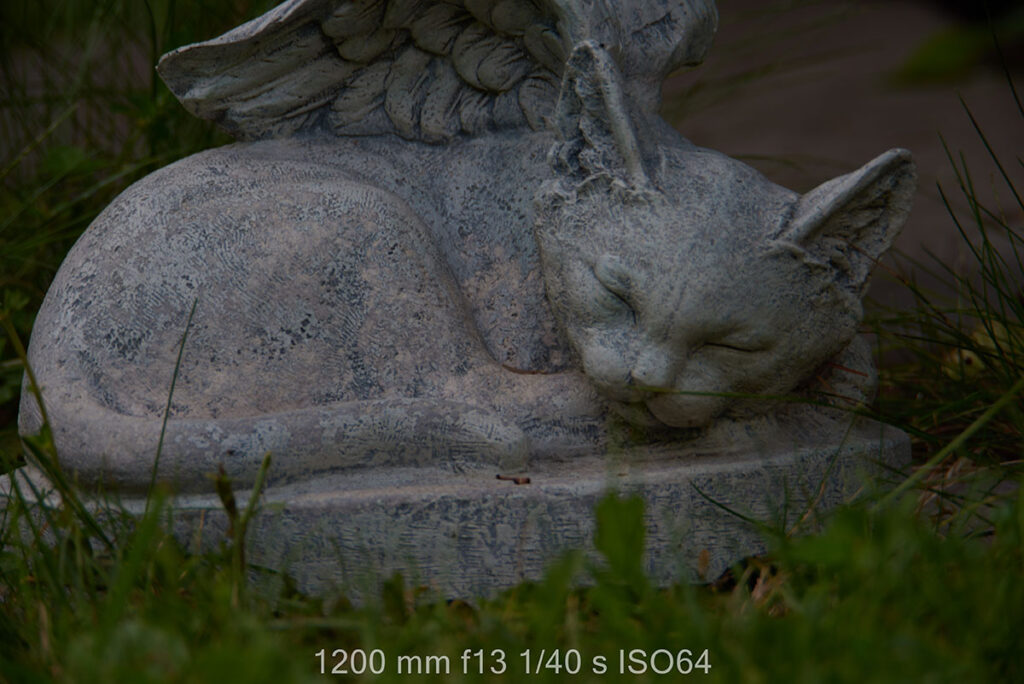
Kenko 1.4x and 2.0x: f/18 1/20s 1700mm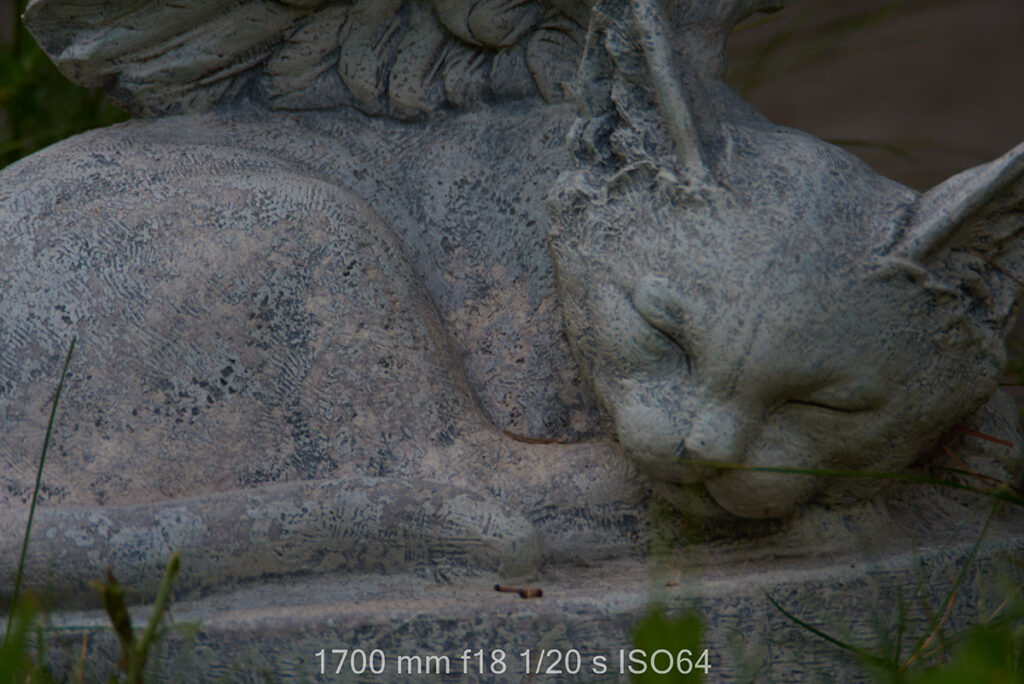
Tamron 1.4x and Kenko 2.0: f/18 1/20s 1700mm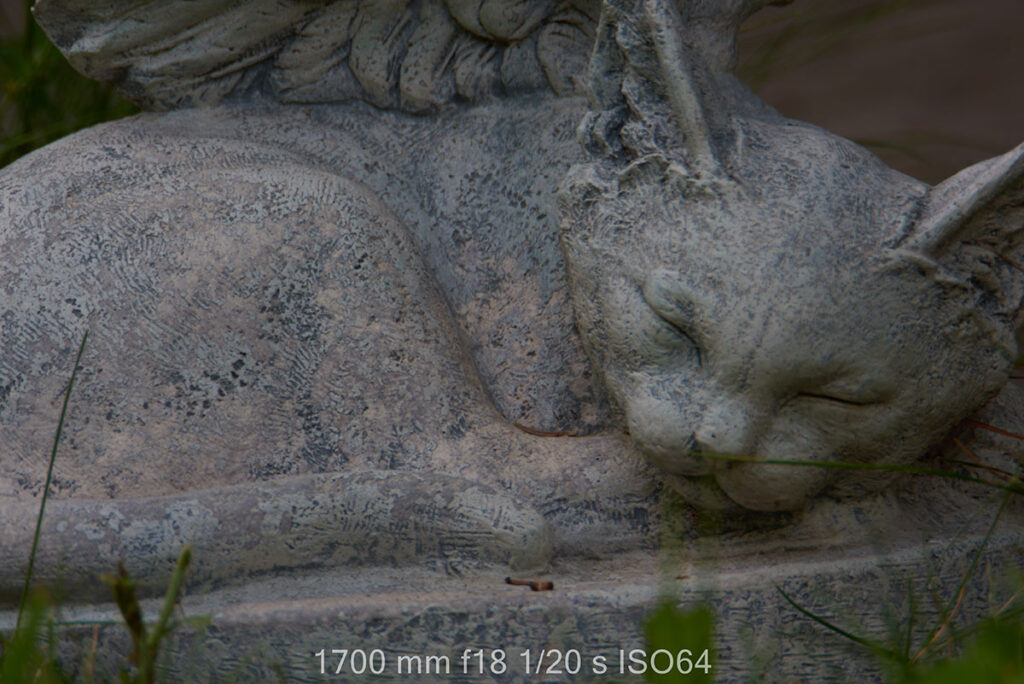
Kenko 2.0x, Kenko 1.4 and Tamron 1.4x (in that order): f/25 1/8s 2300mm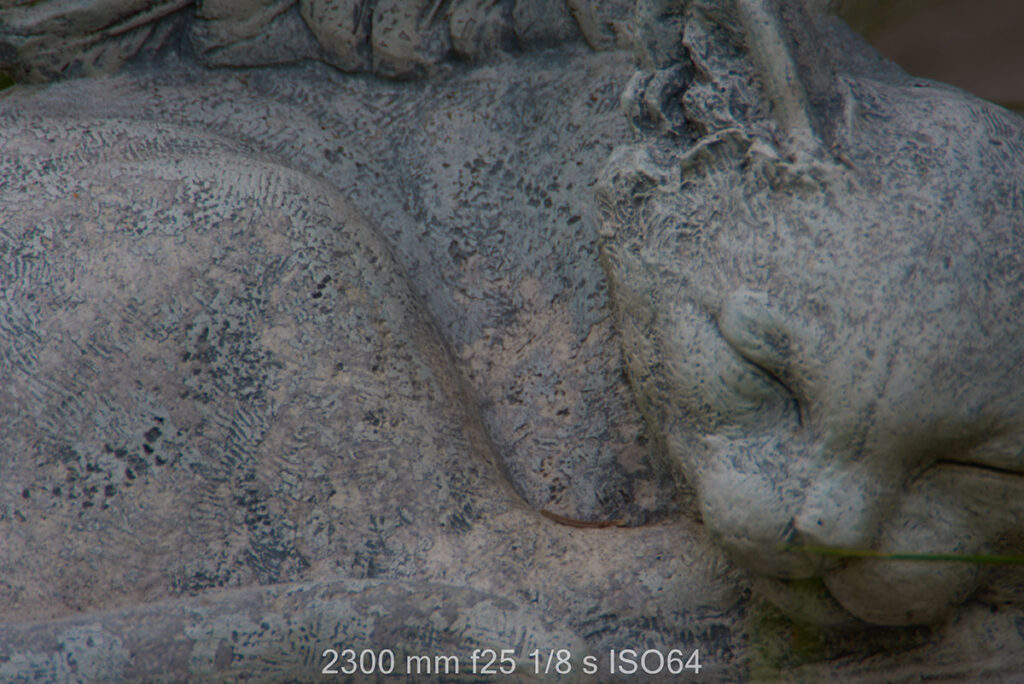
The full-size images show that teleconverters certainly make your subject appear larger. Stacking teleconverters really brings things close. Have we found our magic bullet?
I cropped all the images to same area as the 2300mm, teleconverter stacked image so we can compare all the iterations.
Now we can look at the 100% crop comparisons:
Kenko 2.0x and Tamron 1.4x 1700mm
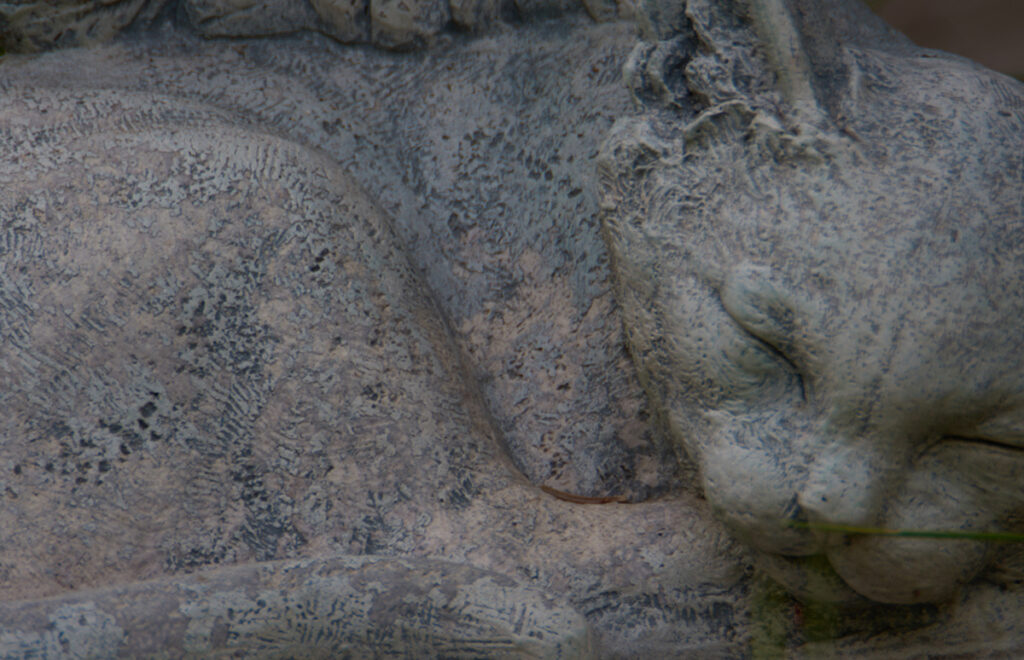
Tamron 1.4x and Kenko 1.4 1200mm
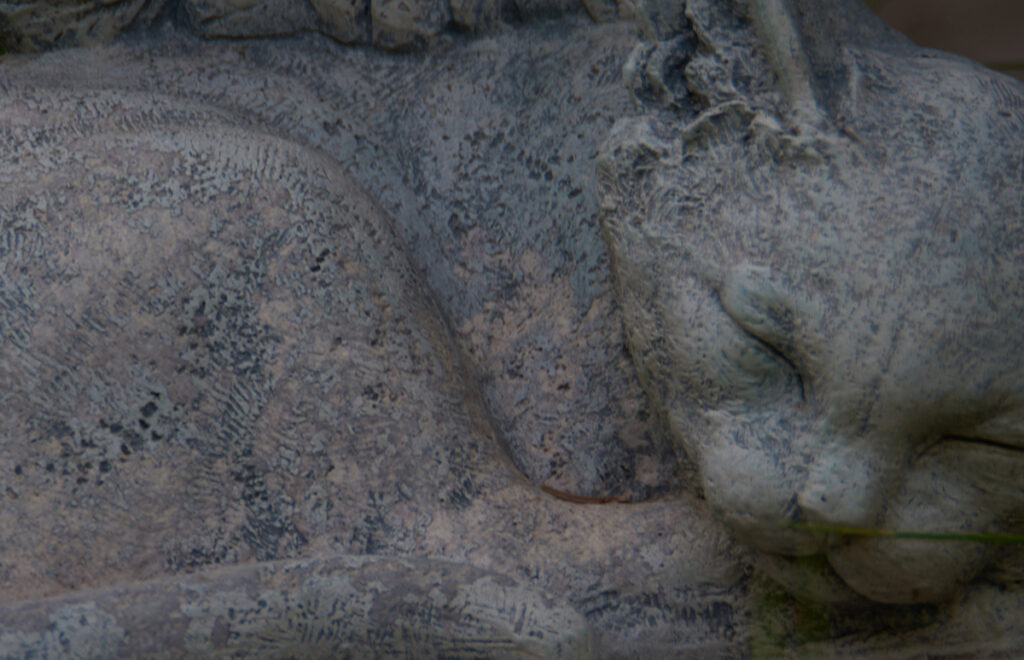
It’s tough to pick between the 600mm cropped image and the 850mm image cropped (lens plus 1.4x). You could stop either combination down a full stop (if you have the light) and get your image a little sharper. However, you can see the 2.0x image is again a little softer. Stopping down might help. But as I add glass, the contrast is a little lower each time and the images get a little softer. I’m pleasantly surprised by the sharpness of the Kenko 2.0x
It’s also important to note that I had autofocus until I used the 2.0x teleconverter. After that, I was using manual focus – there is a bit of focus drift between focal lengths. I wouldn’t attempt to use anything more than the 1.4x for moving objects unless you’re a manual focus wizard. For static subjects or where you can pre-focus, the teleconverters will give you pretty decent results.
Why wouldn’t I use a teleconverter with my kit lens?
I’m using teleconverters with an excellent quality Tamron SP lens. This lens is recognized as one of the best lenses optically with performance very close to the long primes from the camera manufacturers. I’m starting with great glass. Most kit lenses don’t use the best glass or optical coatings. They already create lower contrast images that aren’t the sharpest. Teleconverters create softer, less sharp images on good glass, so the effect is compounded on a kit lens. Just because you can, doesn’t mean you should.
Here are the images taken with a 18-55mm kit lens, with and without the Kenko teleconverters, starting with 18-55mm at 55mm f/5.6 1/50s:
Teleconverters Kit Lens, Kenko 2.0x f11 ISO64 1-13

Teleconverters-Kit Lens, Kenko1.4x f8 ISO64 1-20

Teleconverters-Kit Lens, 18-55 f5.6 ISO64 1-50

The image with the 1.4x teleconverter is still pretty sharp and decent contrast. The image with the 2.0x is definitely very soft – this is the difference between a great quality lens such as the 150-600 G2 and your kit lens. The optics of the kit lenses are very limited.
The final answer to this question is pretty simple. Yes, you can use a Kenko teleconverter with your kit lens (but not the Tamron) and the image results aren’t so bad. But you don’t want to, nor should you, and here’s why:
- Minimal Gain. You get some extra reach (78mm or 110mm depending on converter used).
- Decrease in image quality. Although the image quality with the 1.4x is okay, IQ with the 2.0x is not worth the effort.
- You have to remove your lens to install a teleconverter. For all that effort, if you even bother, you could switch lenses faster.
- Even with the 1.4x teleconverter, there is no autofocus with most cameras. Some mirrorless cameras might autofocus, but there’s no guarantee. Trying to manually focus a kit lens is an exercise in frustration – they were never really meant for that. The focus ring is tiny and the movement is so compact that you can lose focus from the wind blowing or taking your finger off the focus ring.
- The Kenko teleconverters are around $400-$500 each. If you have an 18-55 or similar kit lens, you can pick up the Tamron 18-200 for under $400. This great little lens is sharper than your kit lens, will autofocus throughout the zoom range, gives you more reach than adding teleconverters, has Vibration Compensation (image stabilization) and it’s always on your camera – no fiddling with changing anything. For even more range, Tamron’s 16-300 gives you a wider view and more tele reach. The Tamron 18-400 gives you even more tele range. All of these are sound investments and recommended upgrades from your kit 18-55 lens.
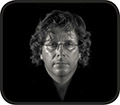
About the Author – Will Prentice (www.capturaphoto.ca) is a professional photographer based out of Whitby, Ontario and Brand Specialist – Lighting for Amplis.



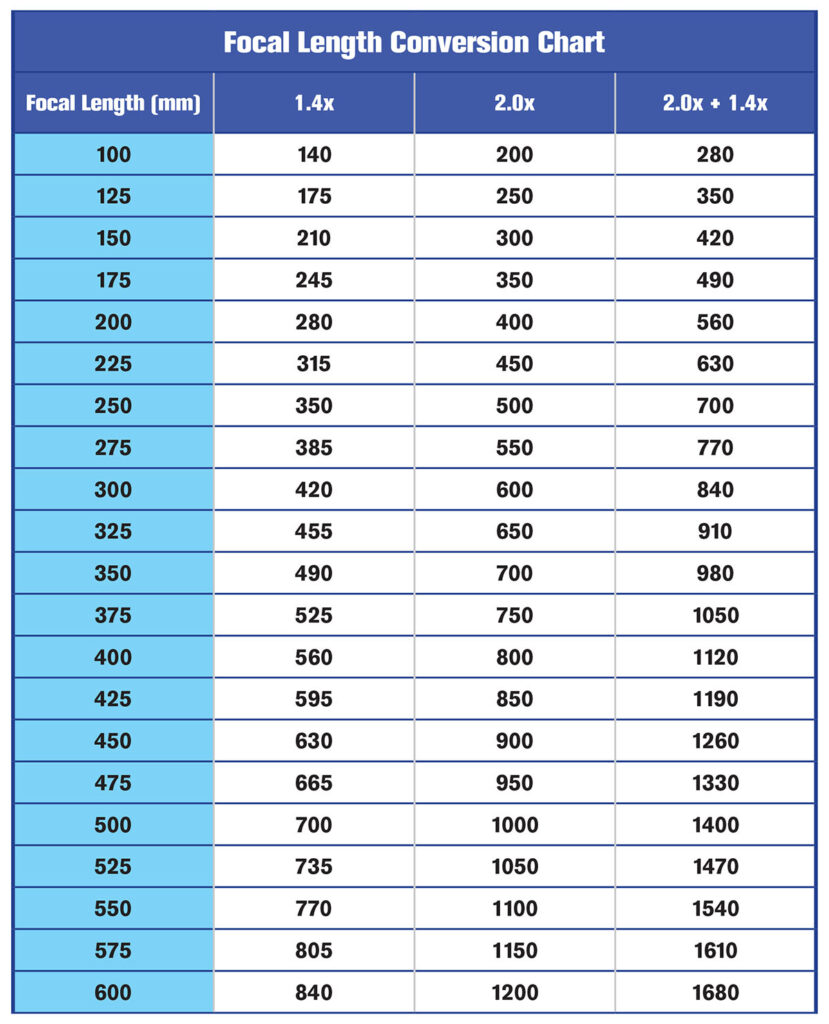
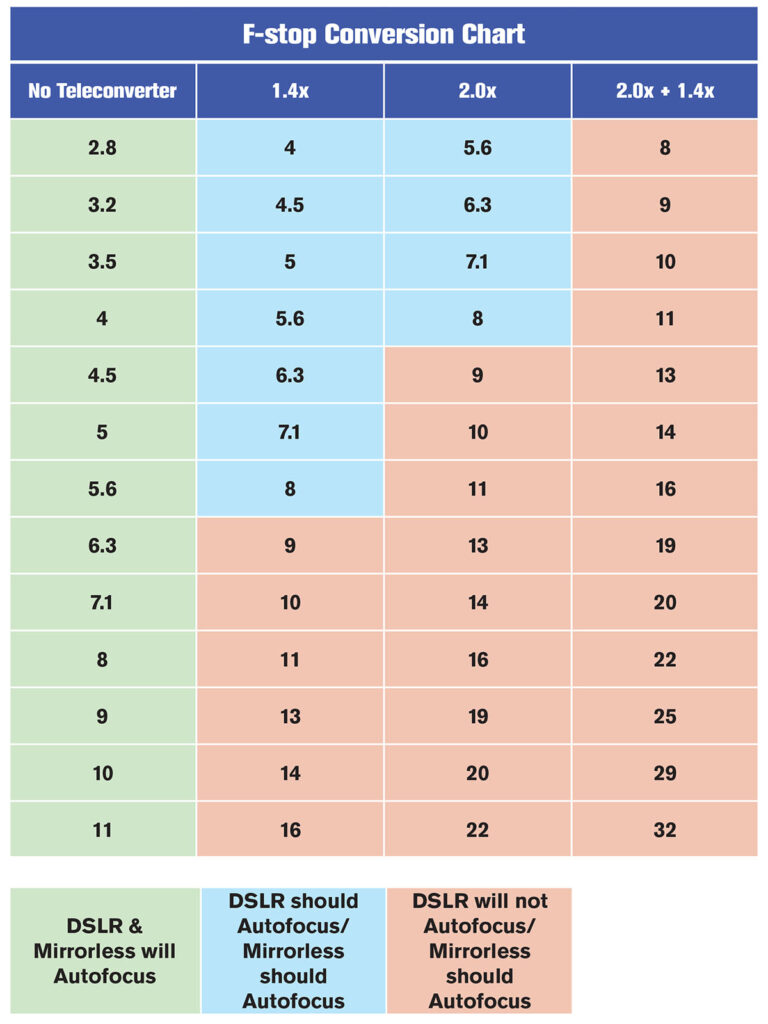
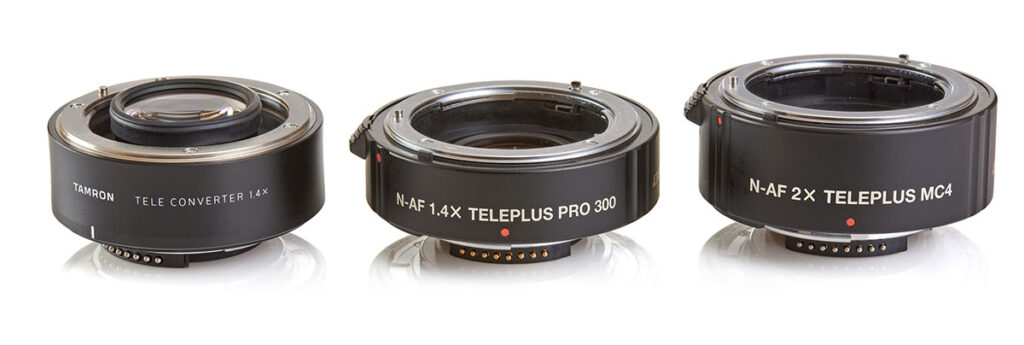
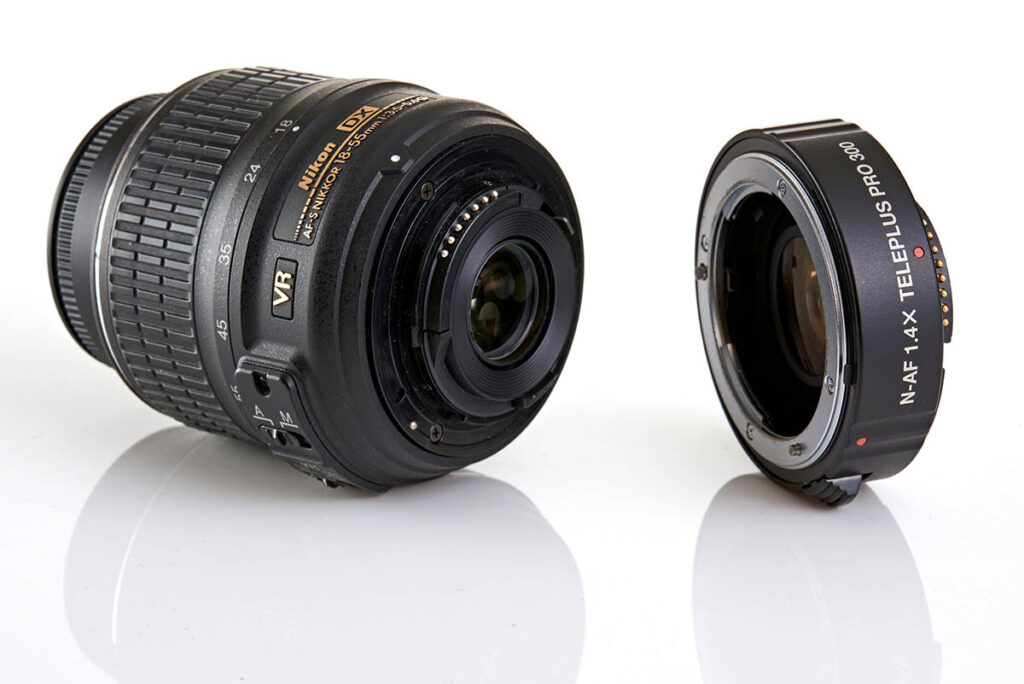
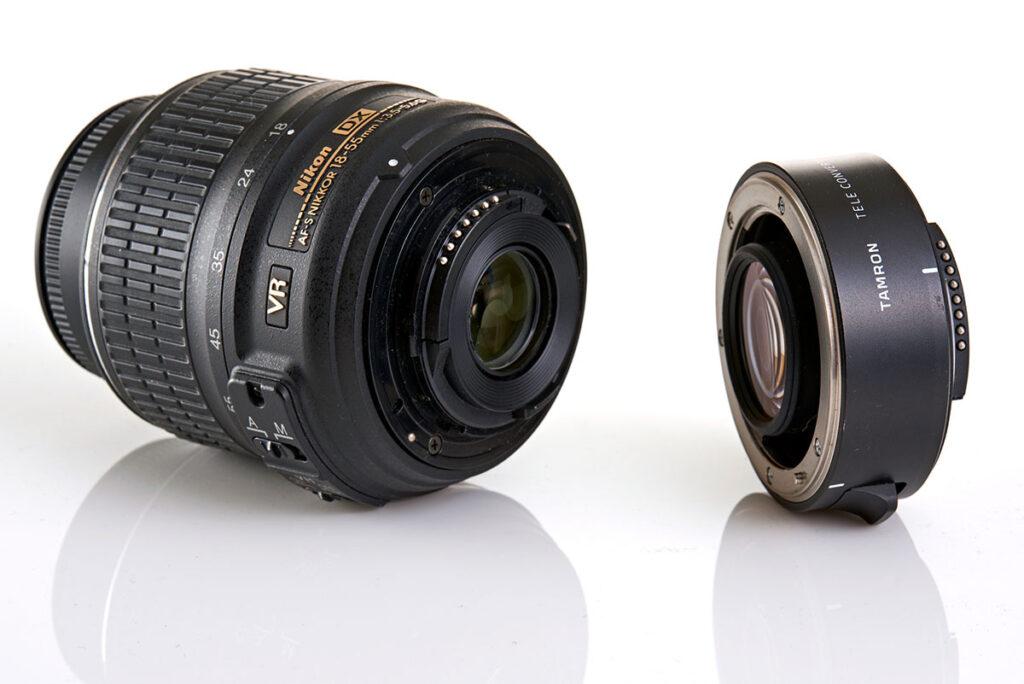
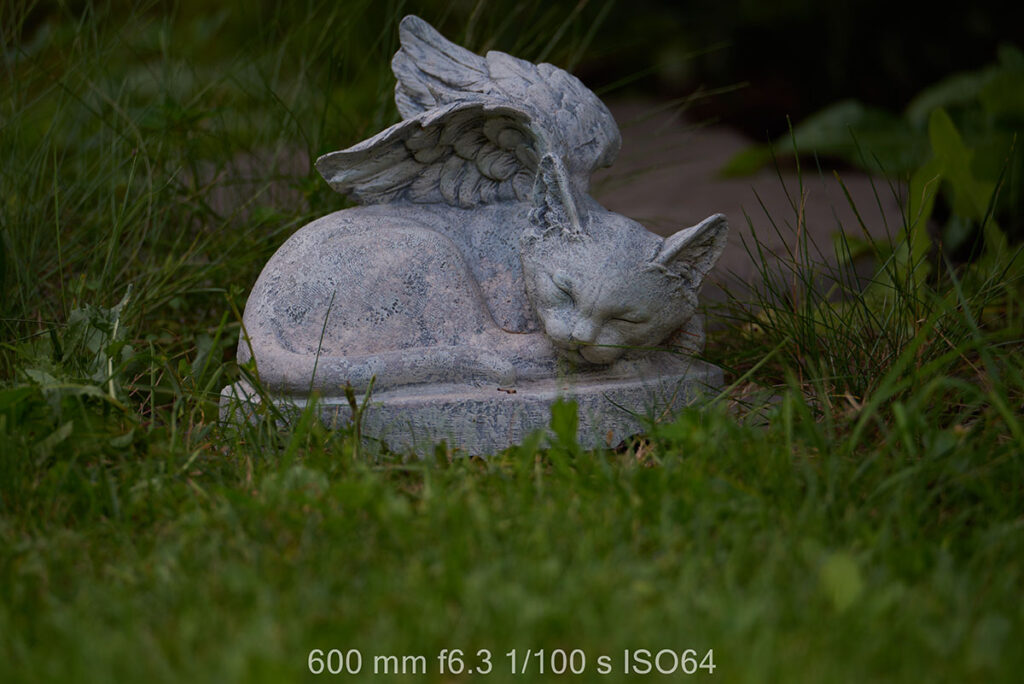
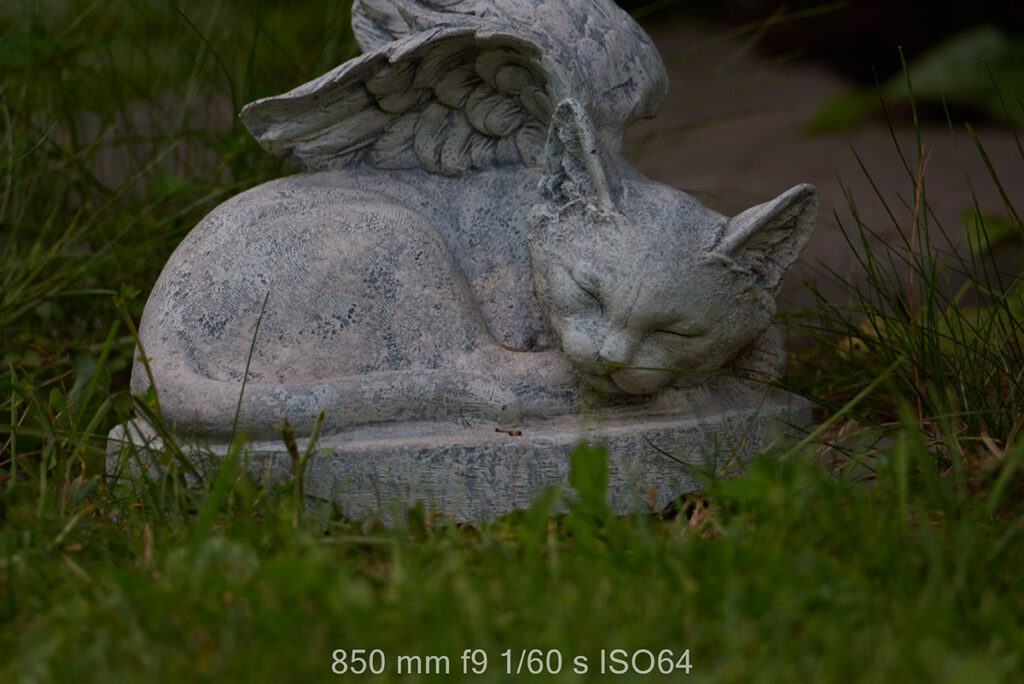
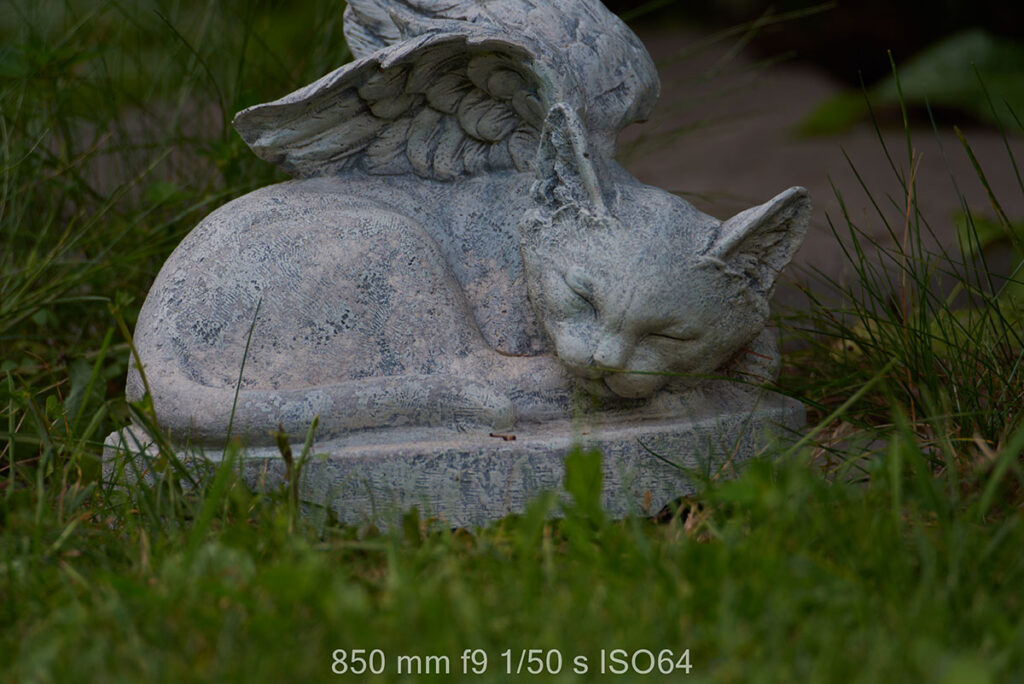
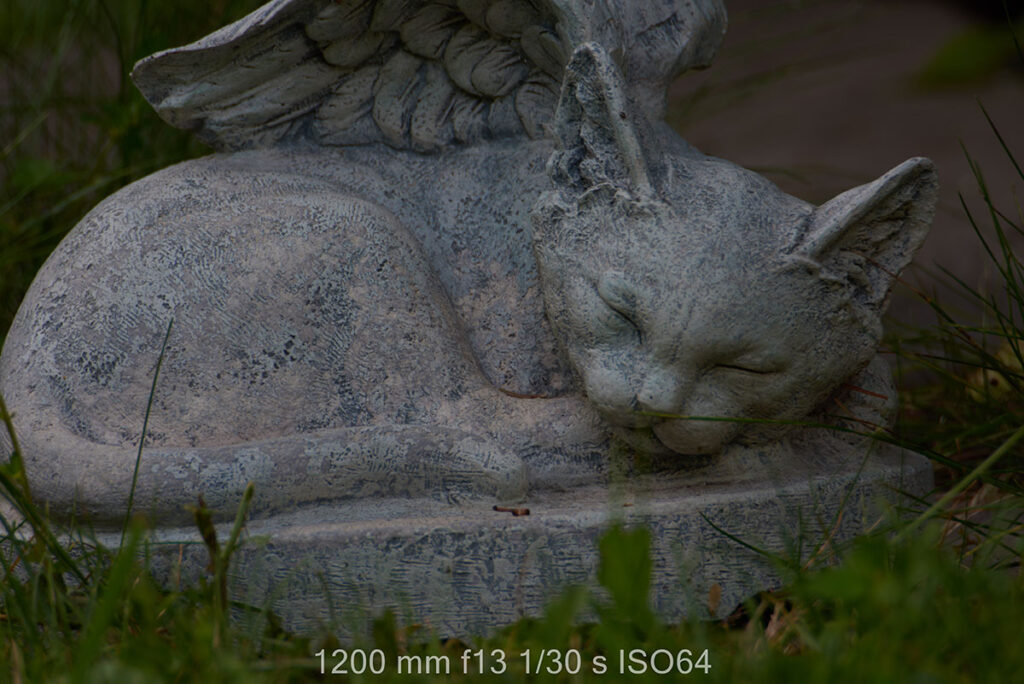
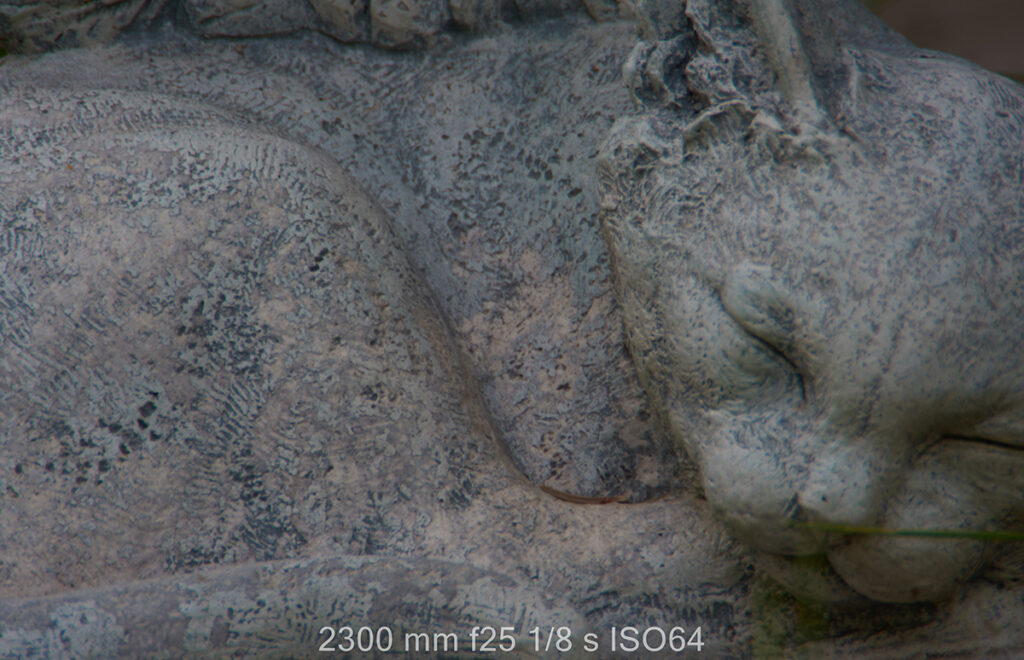
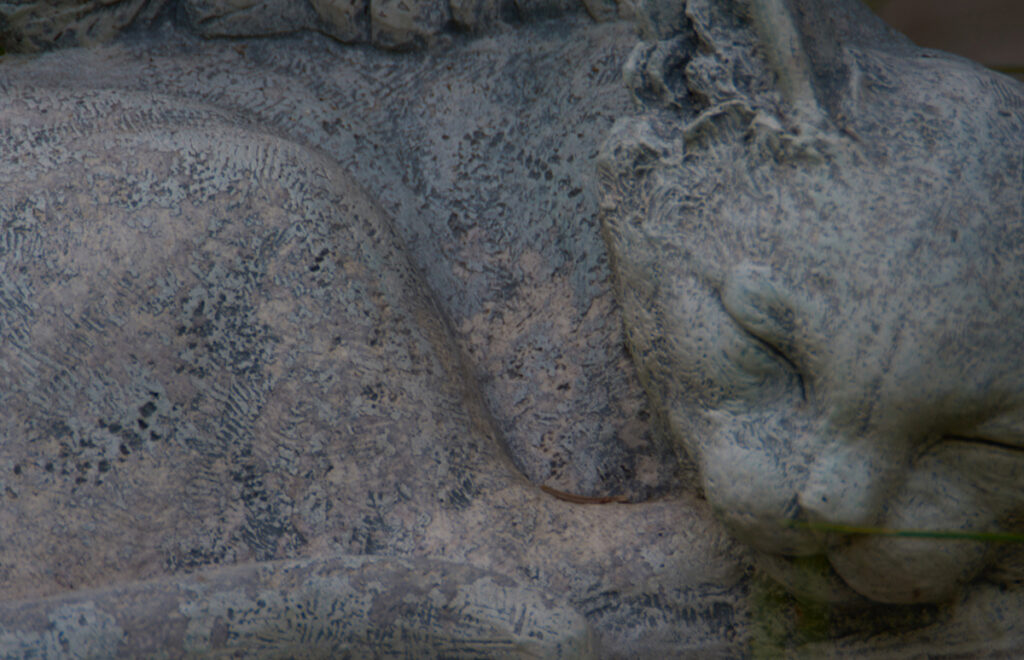
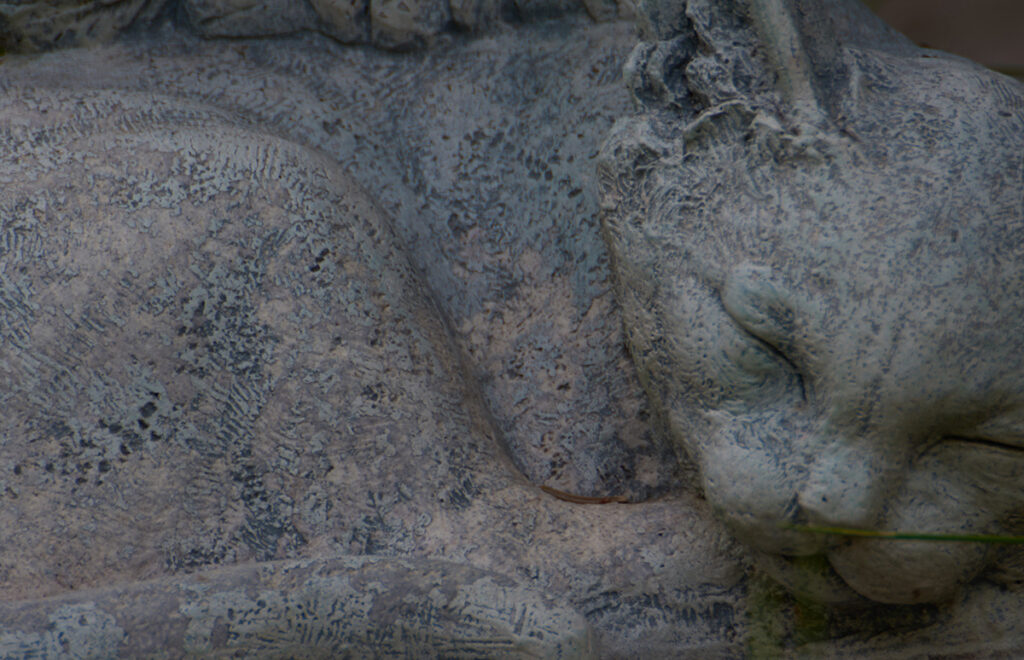
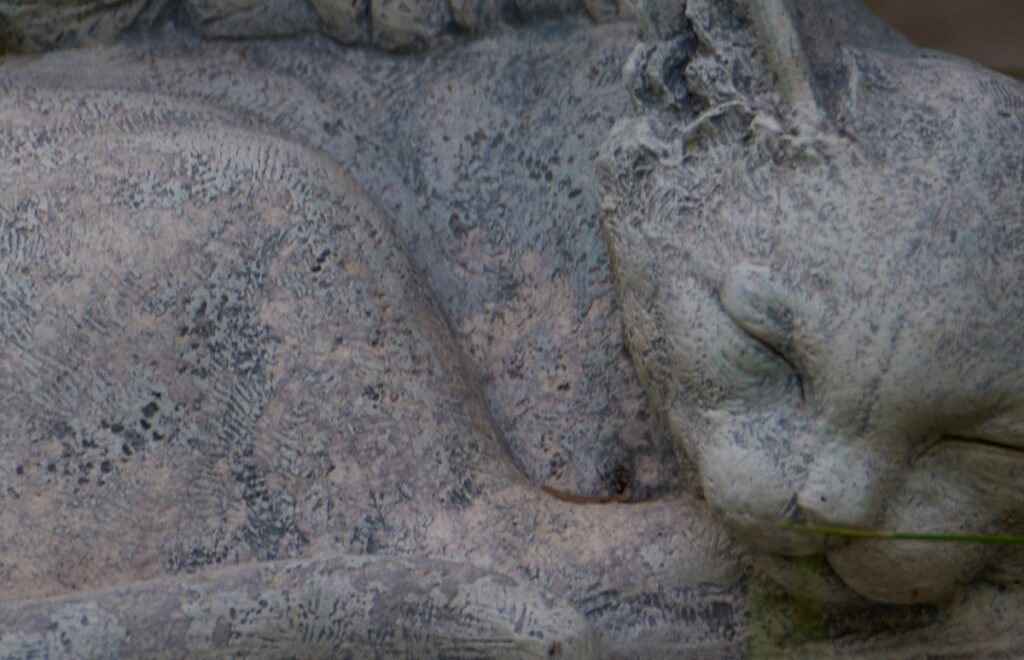
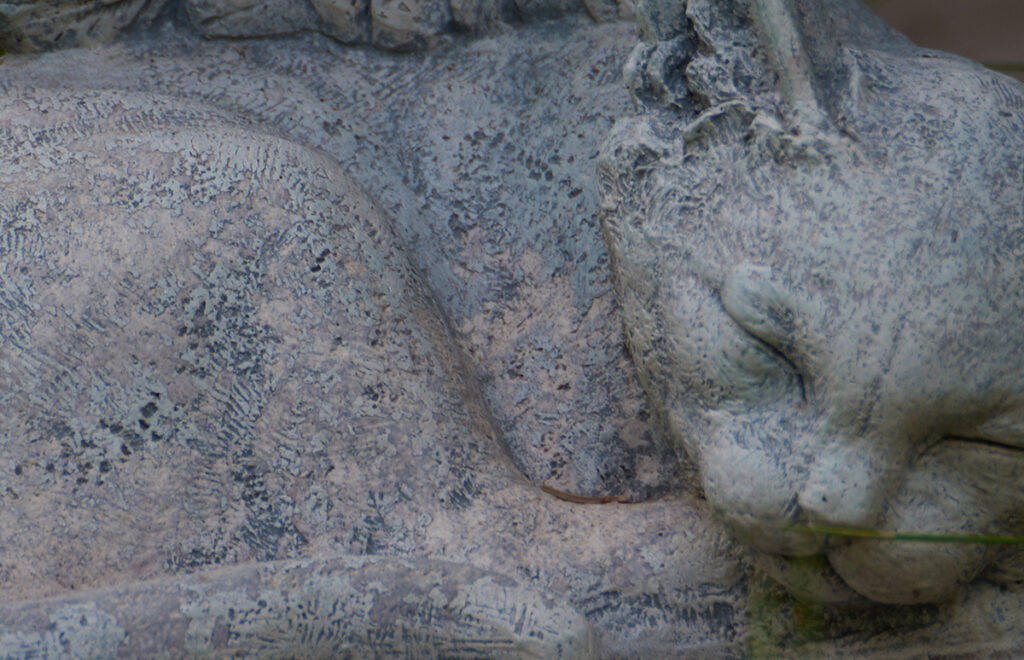
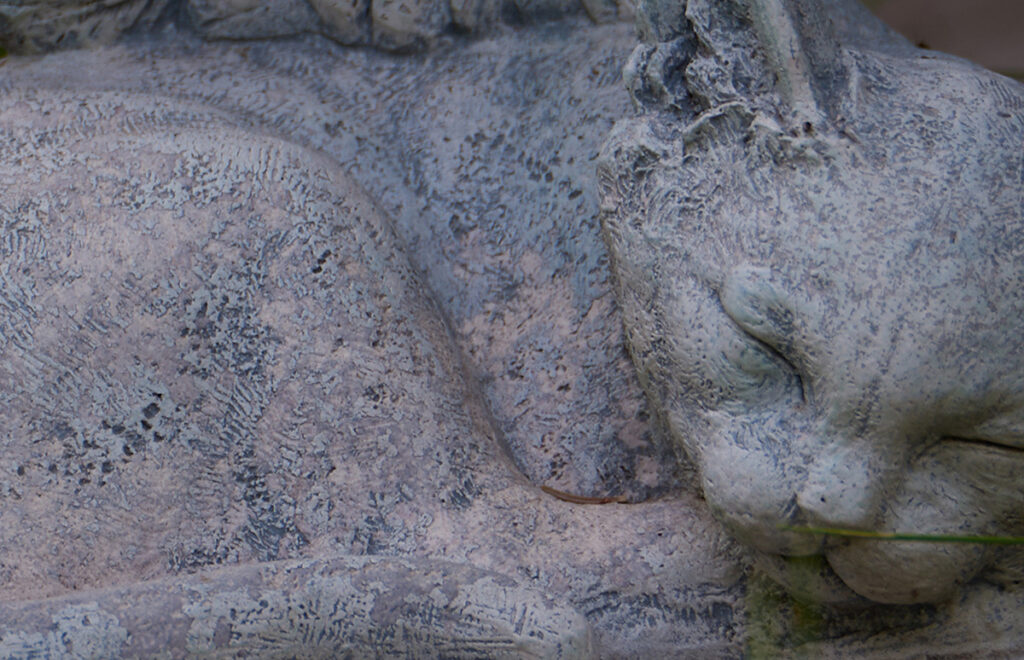
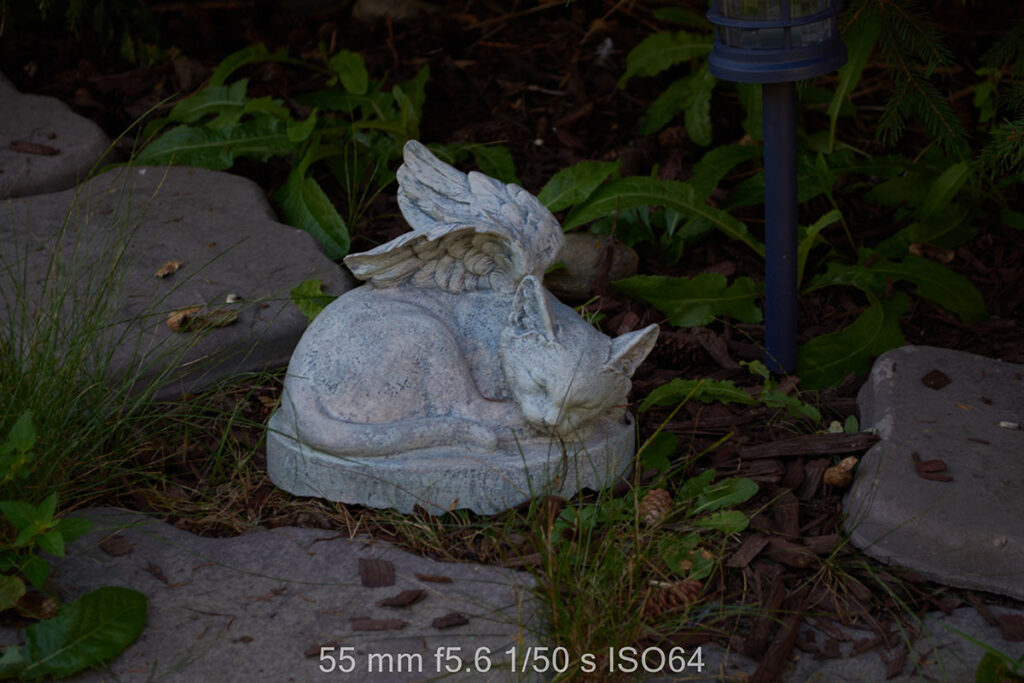
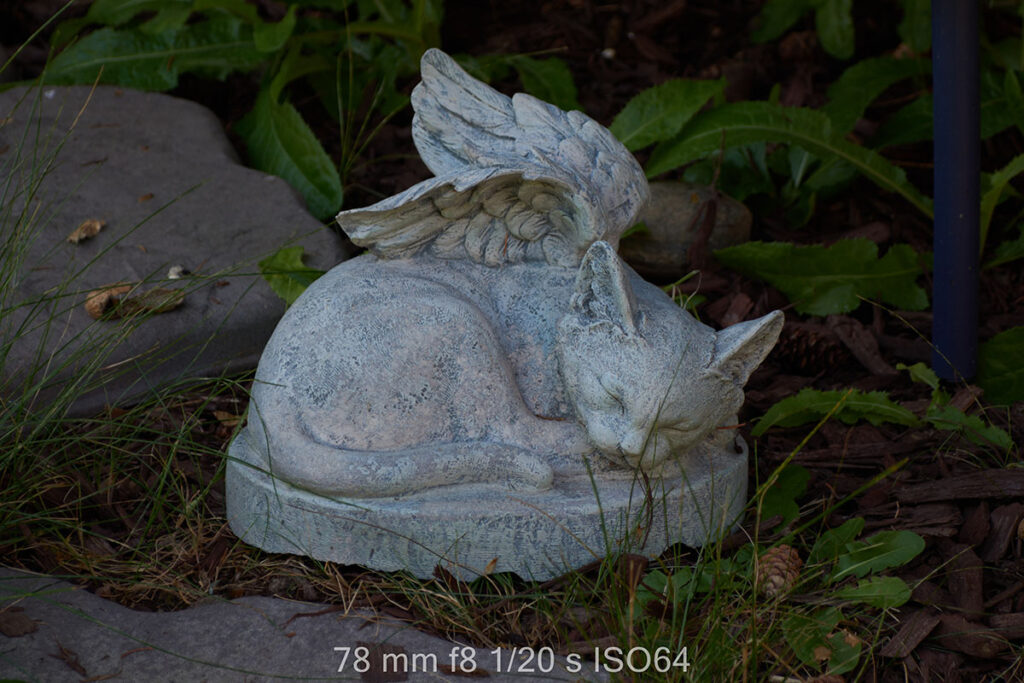
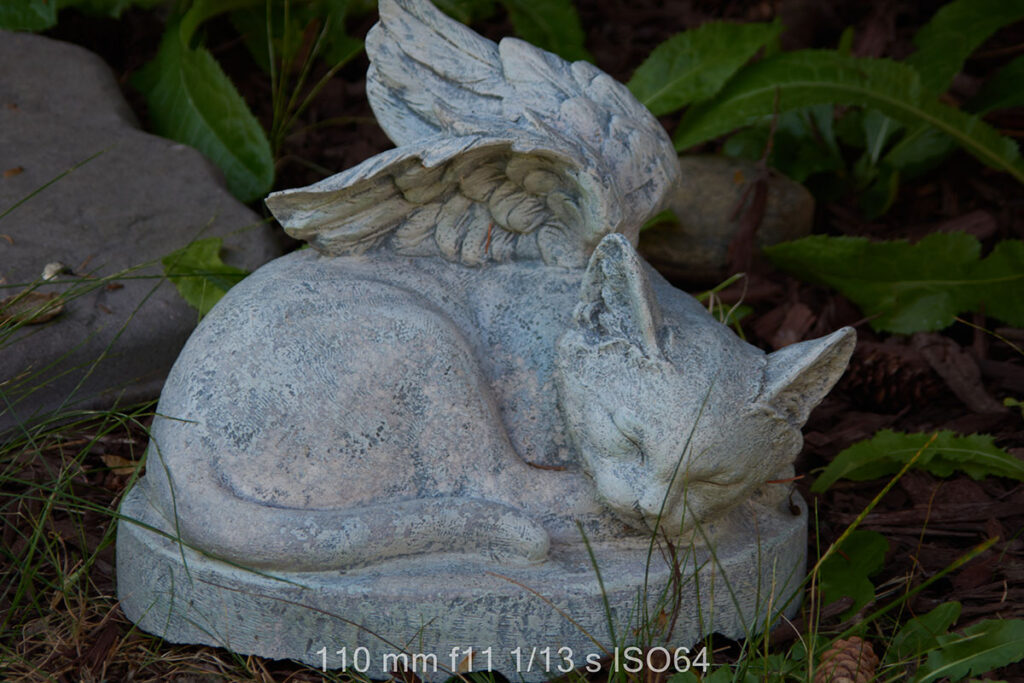




Great article Will even if none of it is relevant to me.
I am disappointed you made no mention of Sigma lenses and teleconverters.
I was dissatisfied with my Canon kit lenses and replaced them both with a Sigma 18-250.I noticed an immediate increase in image quality and gained the convenience of not having to change lenses cery often. I also have the Sigma 150-600 contemporary lense that I used for wildlife. I am thinking about adding a teleconverter for even more reach. It will probably be a Sigma for compatiblity with my lenses. I guess Sigma will have ingormation on compatibility.
Do you have any comments?
PS: I have a Canon 60D with a 1.6 crop sensor so I already have the full fullframe equivalent of 960 mm.
PPS: I also live in Whitby.
Thanks Brian.
Sigma isn’t a brand that we are associated with at PHOTONews – hence the lack of mention 🙂 However, I did sell quite a few Sigma lenses when I worked at Henry’s and have used them before.
You can use either the Sigma teleconverters or the Kenko with your 150-600. You can technically fit the Kenko to your 18-250, but follow the caveats I mention when using a kit lens. The 18-250 is a great little lens on its own but image quality will suffer with a teleconverter added. However, your 150-600 will give you good results with the 1.4x TC.
I believe the autofocus sensor in your 60D is good to f/5.6, so you will have to rely on manual focus for the most part with teleconverters installed.
I may see you at Lynde Shores some day 🙂
Best
Will
I have been going through these issues myself. If you are trying to take pics of a bird that fits in your hand, and the bird is 100meters away, a 1.4x TC and heavy cropping is necessary.
The max aperture for phase detect autofocus to work depends on your camera body -for instance Sony A7R3 F/8, A7R4 F/11 and A1 F/22. If you exceed this the camera will switch to contrast detect, the focus will hunt and you will miss your shot.
For instance, the Sony 100-400mm GM F4.5-5.6, at 400mm has a max aperture F/5.6. With a 2x TC the aperture becomes F/11. The phase detect AF will not work on the A7R3.
The lesson here is you need to buy a recent and expensive camera body 🙂
Thanks for the comments, Michael.
I could have said phase detect/contrast detect, but most DSLRs use phase detect whilst Mirrorless cameras use Contrast detect. The exception to this is Live View, where DSLRs will also use Contrast detect.
Most of my readers will understand DSLR/Mirrorless much easier, hence the terminology.
That’s interesting that your A7R3 won’t focus with that combination. I’ve used my 150-600 G2 with Kenko & Tamron 2.0x and it will autofocus on my Z6, but my 150-600 version 1 will not. I believe the manufacturers build some lenses to give more compatibility with teleconverters.
And yes, you can invest in a 400 f/2.8 and get trouble-free use of your teleconverters 🙂
Best
Will
I should add that spending $16,500 on the 400 F/2.8 also solves this problem since adding a 2x TC only increases the wide open aperture to 5.6.